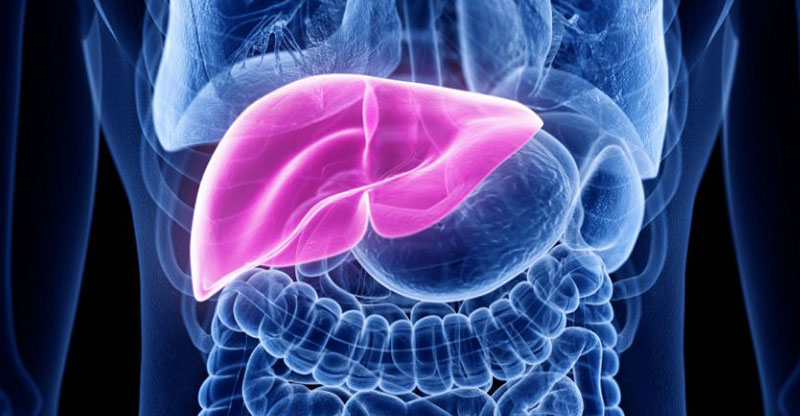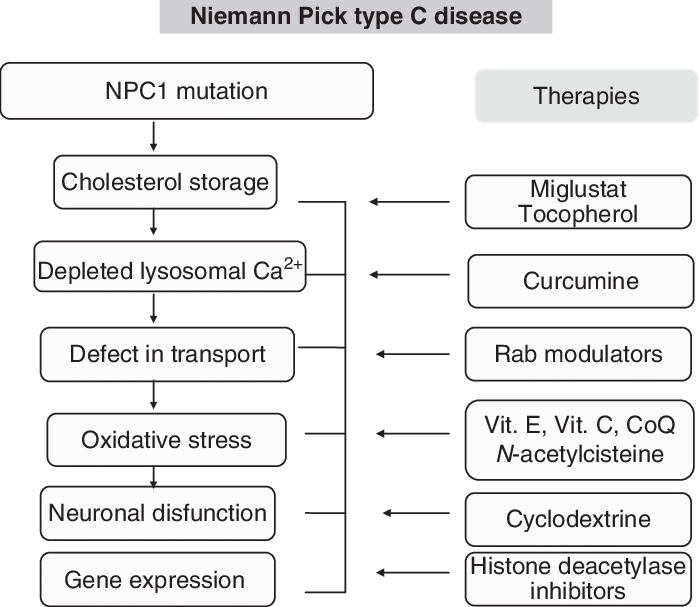Miglustat in Niemann-Pick disease type C patients: a review, Orphanet Journal of Rare Diseases
Por um escritor misterioso
Descrição
Niemann-Pick disease type C (NP-C) is a rare, autosomal recessive, neurodegenerative disease associated with a wide variety of progressive neurological manifestations. Miglustat is indicated for the treatment of progressive neurological manifestations in both adults and children. Since approval in 2009 there has been a vast growth in clinical experience with miglustat. The effectiveness of miglustat has been assessed using a range of measures. Comprehensive review of published data from studies of cellular neuropathological markers and structural neurological indices in the brain, clinical impairment/disability, specific clinical neurological manifestations, and patient survival. Cranial diffusion tensor imaging and magnetic resonance spectroscopy studies have shown reduced levels of choline (a neurodegeneration marker), and choline/N-acetyl aspartate ratio (indicating increased neuronal viability) in the brain during up to 5 years of miglustat therapy, as well as a slowing of reductions in fractional anisotropy (an axonal/myelin integrity marker). A 2-year immunoassay study showed significant reductions in CSF-calbindin during treatment, indicating reduced cerebellar Purkinje cell loss. Magnetic resonance imaging studies have demonstrated a protective effect of miglustat on cerebellar and subcortical structure that correlated with clinical symptom severity. Numerous cohort studies assessing core neurological manifestations (impaired ambulation, manipulation, speech, swallowing, other) using NP-C disability scales indicate neurological stabilization over 2–8 years, with a trend for greater benefits in patients with older (non-infantile) age at neurological onset. A randomized controlled trial and several cohort studies have reported improvements or stabilization of saccadic eye movements during 1–5 years of therapy. Swallowing was also shown to improve/remain stable during the randomized trial (up to 2 years), as well as in long-term observational cohorts (up to 6 years). A meta-analysis of dysphagia – a potent risk factor for aspiration pneumonia and premature death in NP-C – demonstrated a survival benefit with miglustat due to improved/stabilized swallowing function. The effects of miglustat on neurological NP-C manifestations has been assessed using a range of approaches, with benefits ranging from cellular changes in the brain through to visible clinical improvements and improved survival.

mRNA Treatment Rescues Niemann–Pick Disease Type C1 in Patient
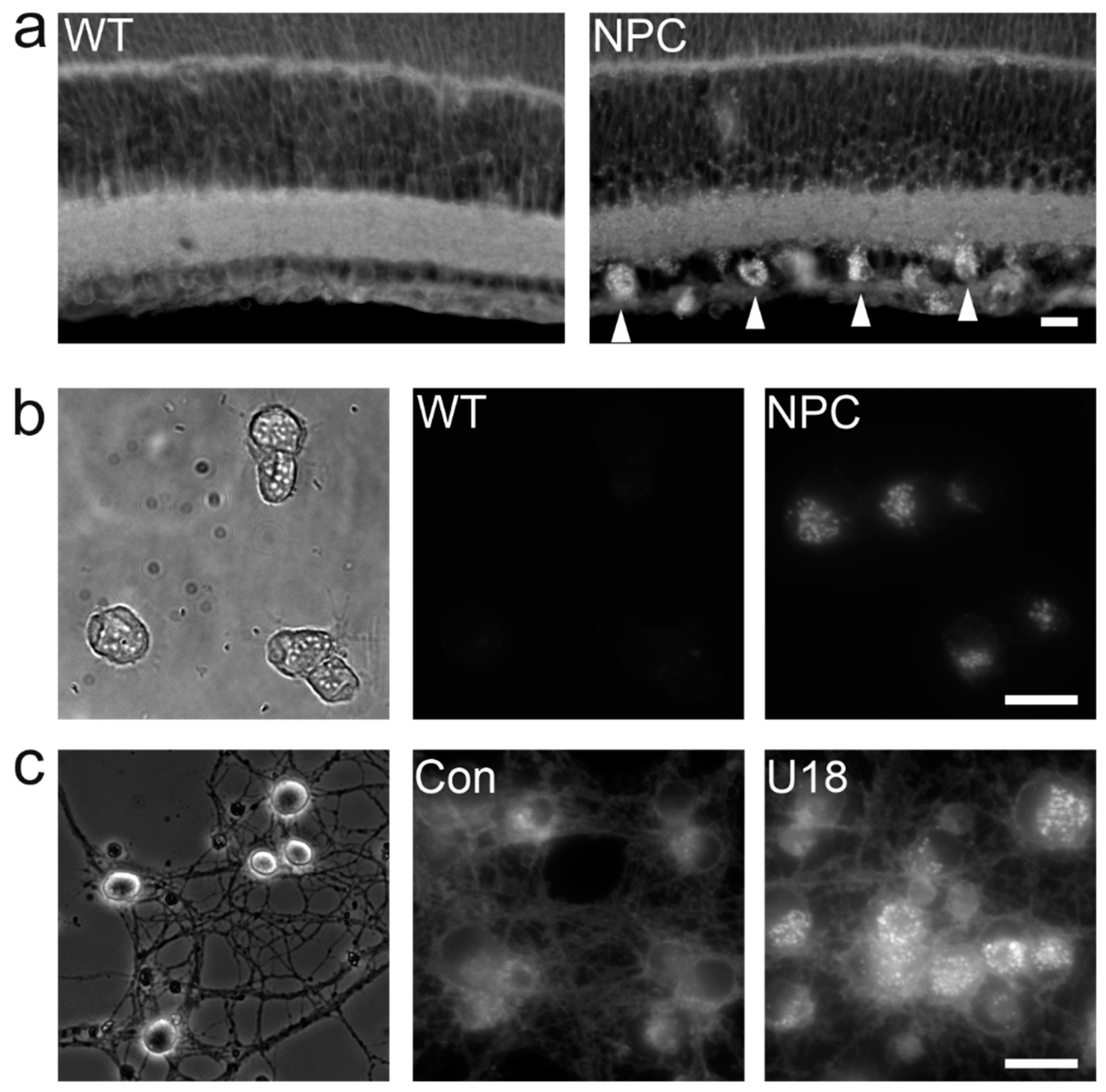
IJMS, Free Full-Text
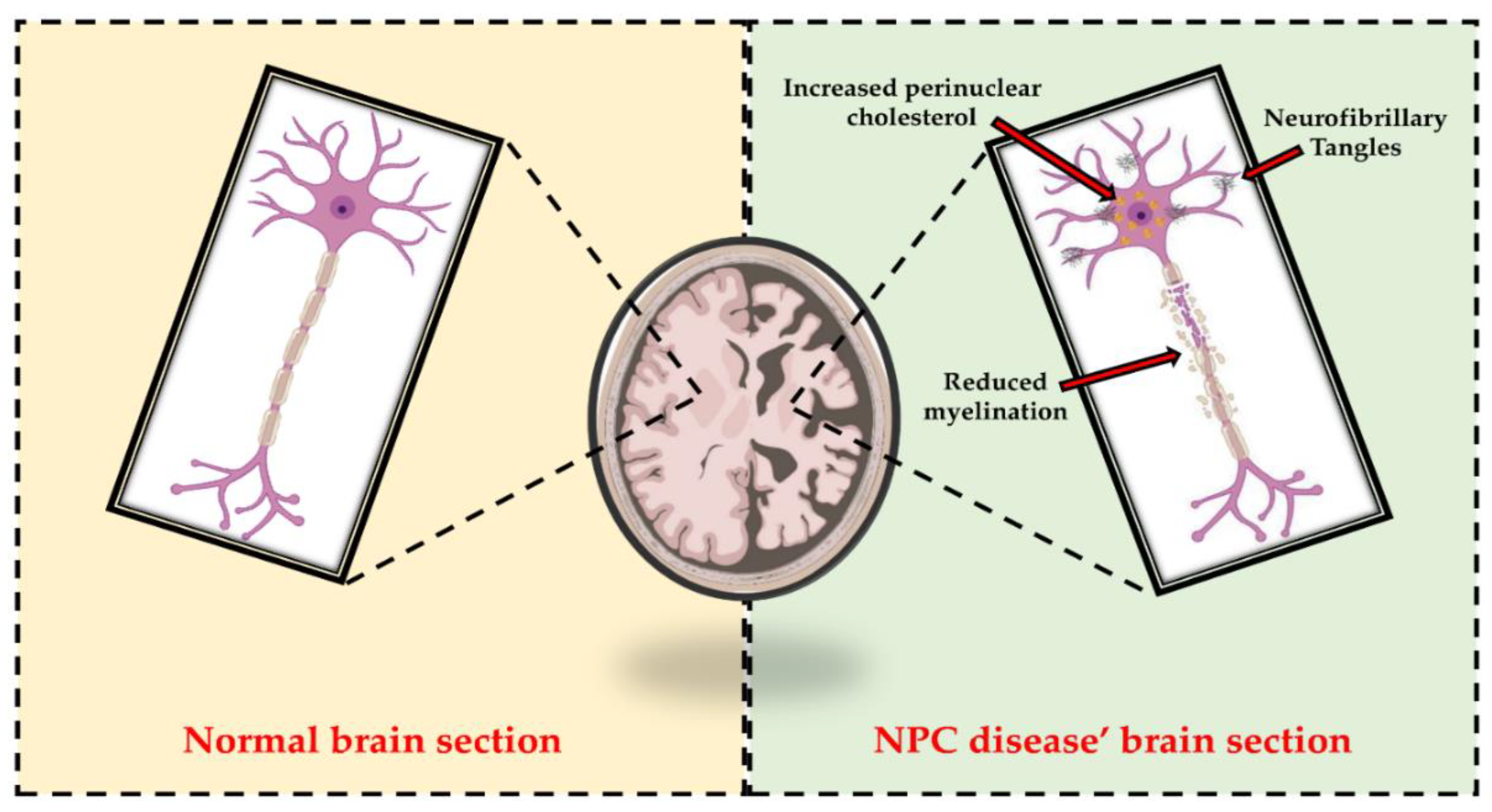
IJMS, Free Full-Text

Recommendations for the diagnosis and management of Niemann-Pick
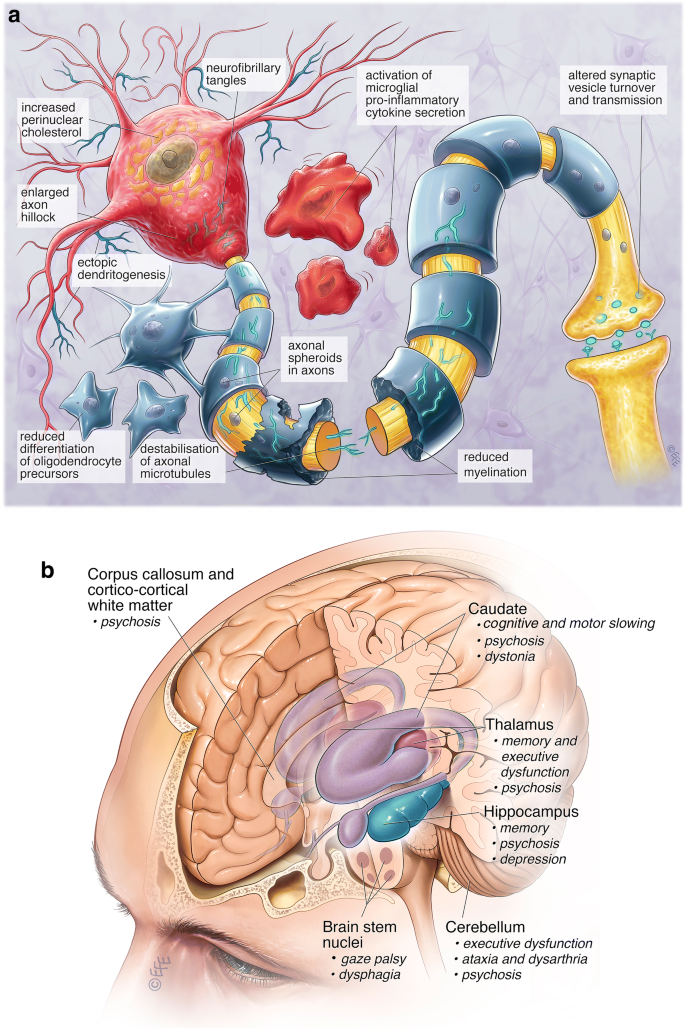
Psychiatric and Cognitive Symptoms Associated with Niemann-Pick

Unbiased yeast screens identify cellular pathways affected in

Clinical disease characteristics of patients with Niemann-Pick

Finding pathogenic commonalities between Niemann-Pick type C and

Niemann-Pick disease type C Orphanet Journal of Rare Diseases
de
por adulto (o preço varia de acordo com o tamanho do grupo)


